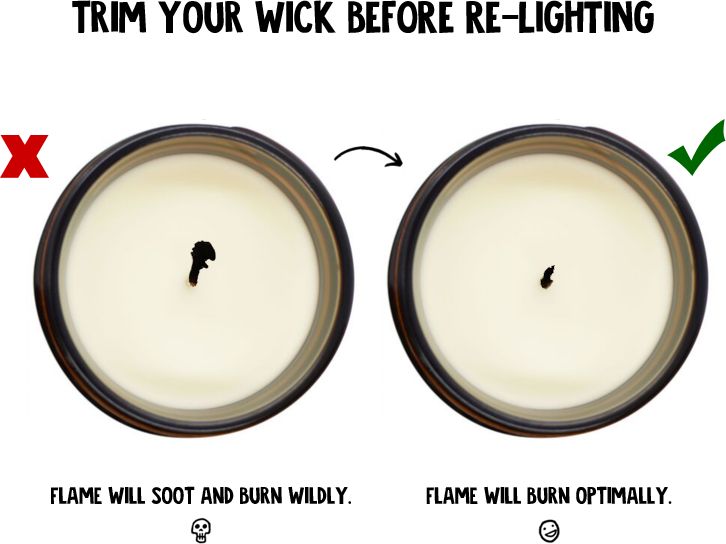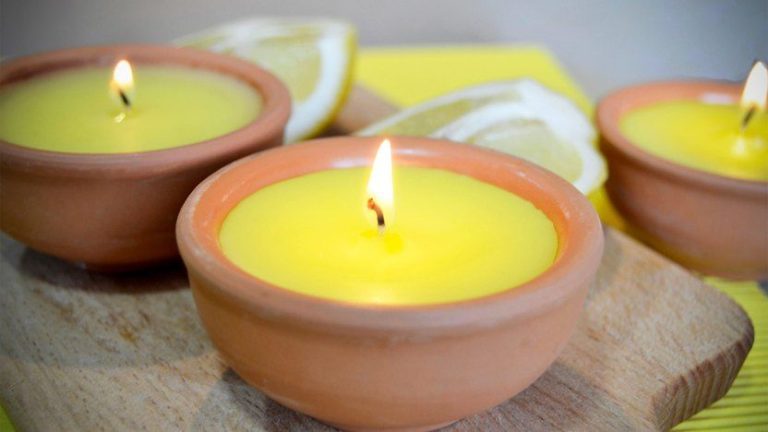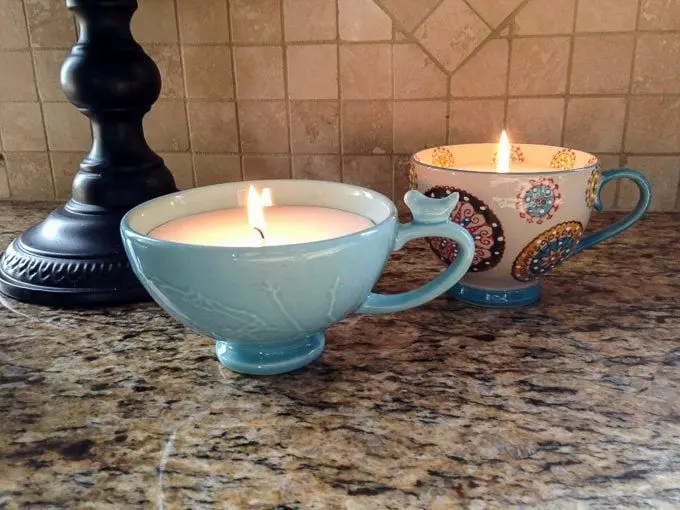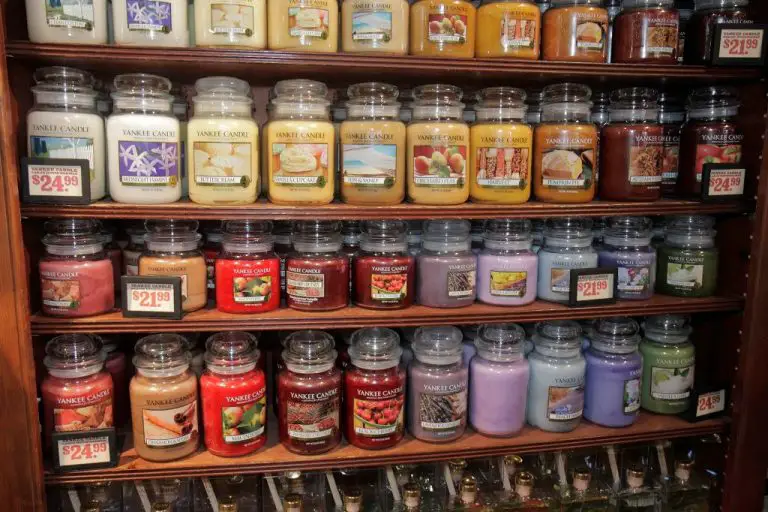What Can Be Used As Lamp Oil?
What are Lamp Oils?
Since ancient times before electricity, people have used oils and fats to fuel lamps to provide lighting. Anything that could be burned slowly and safely in a lamp’s reservoir and wick could serve as lamp oil. Historically, people relied on animal fats like tallow or whale oil, as well as plant oils like olive and nut oils to light their homes and buildings at night. Using oils and fats for lighting was an ingenious way to extend daylight hours and allow people to be productive after sunset.
Today, with widespread electric lighting, lamp oils are not an absolute necessity for illumination. However, they are still commonly used for decorative and spiritual purposes, such as in oil lamps, candles, and oil warmers. Many natural oils can be safely burned in lamps, but each has its own characteristics regarding brightness, smell, smoke, and cost.
Vegetable Oils
Many common vegetable oils can be used to make inexpensive lamp oil for oil lamps and candles. Some of the most frequently used vegetable oils include olive oil, coconut oil, corn oil, soybean oil, canola oil, sunflower oil, safflower oil, and peanut oil. Most vegetable oils are composed primarily of triglycerides and contain similar ratios of saturated, monounsaturated, and polyunsaturated fatty acids. However, each oil has a unique fatty acid composition that gives it distinct characteristics. Here are some key points on popular vegetable oils that work as lamp fuels:
- Olive Oil – Made from pressed olives, it has high monounsaturated fat content. Olive oil burns cleanly and is less likely to produce smoke or odor.
- Coconut Oil – Extracted from coconut meat, it contains high amounts of saturated fats which provide more energy per volume compared to other oils. Coconut oil burns slowly and evenly.
- Corn Oil – Made from corn germ, it has high polyunsaturated fat content. Corn oil is inexpensive but may produce more smoke due to its high volatility.
- Soybean Oil – Extracted from soybeans, it contains balanced fatty acid ratios. Soybean oil burns reasonably well though less cleanly than olive oil.
- Canola Oil – Derived from rapeseed, it has monounsaturated fats similar to olive oil. Canola oil burns cleanly and is widely available.
The composition of vegetable oils allows them to be liquefied and burned in lamps. However, the specific fatty acid types impact burning characteristics. Testing different vegetable oil options is recommended to find the optimal lamp fuel.
Animal Fats
Animal fats like tallow (rendered beef or mutton fat), lard (rendered pork fat), and fish oil have a long history of being used in oil lamps. Before the advent of electricity, whale oil was commonly used as lamp fuel during the 19th century. Seal oil and fish oils were also popular lamp fuels.
Animal fats burn slowly and provide a clean, odorless light. However, they can produce more soot than plant-based oils. Tallow and lard need to be purified to reduce the amount of solids that can clog a wick. Whale, seal, and fish oils also required processing to remove impurities.
Essential Oils
Certain essential oils like lavender, citrus, eucalyptus, etc. can also be used in oil lamps. Essential oils are aromatic compounds extracted from plants through methods like distillation. Popular essential oils used in oil lamps include:
- Lavender oil – Has a floral, calming scent and is one of the most versatile essential oils.
- Citrus oils like lemon, orange, grapefruit – Have an uplifting, energizing scent.
- Eucalyptus oil – Has a minty, invigorating aroma that can help clear sinuses.
- Tea tree oil – Has a medicinal, woody scent and natural antiseptic properties.
- Peppermint oil – Has a sharp, menthol scent that provides an instant refresh.
The light, volatile nature of essential oils allows them to burn well in lamps. Their aromatic properties also make them ideal for creating ambiance. However, essential oils are highly concentrated and can be irritating to the skin when used undiluted. Proper precautions should be taken.
Mineral Oil
Mineral oil is a popular lamp oil that has been used for centuries. It is a petroleum by-product created through the distillation of crude oil. In the mid-1800s, distillates like kerosene became popular as lamp oils. They burned cleanly and brightly compared to animal fat and plant-based oils. Mineral oil does not evaporate quickly, so it provides a steady fuel source. It also lacks scent and resists freezing. While safe to touch, ingestion or inhalation can be dangerous. Care should be taken to avoid spills. Overall, mineral oil performs well in oil lamps, but can be more expensive than plant-based oils.
Other Plant Oils
In addition to the more common vegetable oils used in oil lamps, there are some other plant-based oils that can also be used effectively.
Palm oil, which is extracted from the pulp of palm fruits, is semi-solid at room temperature but becomes liquid when heated. It burns slowly and brightly, making it a good choice for oil lamps. However, palm oil production has raised major environmental concerns in recent years regarding deforestation and habitat loss.
Peanut oil and sunflower oil are less common but can also be used in lamps. Peanut oil has a high smoke point and mild flavor, while sunflower oil has a light color and doesn’t solidify in cold weather. The drawback is that these oils can be more expensive than basic vegetable oils.
One advantage of these alternatives is that they may be more readily available in some regions. Oils like palm, peanut, and sunflower are very common cooking oils in certain parts of the world. Using local oils can allow oil lamp use without having to import or ship lamp oils from further away.
Pros and Cons of Different Lamp Oils
When considering what to use as lamp oil, it’s important to weigh the pros and cons of different options. Here’s a look at some of the key benefits and drawbacks:
Vegetable Oils
Pros: Widely available, inexpensive, provide decent brightness
Cons: Can smoke or burn poorly, go rancid over time
Animal Fats
Pros: Readily available on farms/homesteads, free or low-cost, burn slowly and steadily
Cons: Strong odors when burning, require more wick maintenance
Essential Oils
Pros: Pleasant scents from aromatherapy oils, clean burning
Cons: More expensive, some have safety concerns, limited availability
Mineral Oil
Pros: Long shelf life, odorless, widely available
Cons: Derived from petroleum, more expensive than vegetable oils
By understanding the unique advantages and disadvantages of each option, you can select the best lamp oil for your needs and preferences.
Wick Considerations
The wick is a crucial component of an oil lamp. It is the part that absorbs the oil and brings it close to the flame to keep the lamp burning. When selecting a wick, you need to consider the material, shape, and size based on the type of oil used.
Most lamp wicks today are made from cotton or linen. Cotton wicks tend to be softer and more supple. They are good at absorbing oil and curling to bring the fuel close to the flame. Linen wicks are a bit stiffer but are often braided or flat. This gives more surface area for absorbing oil. Both materials work well, so choose one that fits your lamp design.
The shape and size of the wick also depend on the viscosity of the oil. Thinner oils like vegetable or essential oils require a smaller round wick. Thicker oils like animal fats work better with a wider flat wick. The shape and width give more surface area for absorbing the viscous oil. A larger wick is also less likely to drown in a thick oil.
Always trim the wick to around 1/4″ before lighting. Too long of a wick can create excess smoke and leave black residue on the lamp glass. The flame should be steady and not flickering wildly. Adjust the wick height as needed to find the optimal flame size.
Safety Tips
When burning oils in lamps, it’s important to follow some basic safety guidelines to avoid fire hazards or breathing in harmful fumes:
Proper Storage: Keep lamp oils tightly sealed and store them away from any sources of heat, sparks or open flames. Avoid storing lamp oils in places where children or pets could access them.
Ventilation: Always burn lamp oils in well-ventilated areas to allow fumes to dissipate. Open windows, use fans or vents to improve air circulation and prevent buildup of vapors.
Fire Safety: Place lamps on stable, nonflammable surfaces away from drapes, tablecloths or anything else flammable. Never leave a burning lamp unattended. Keep a fire extinguisher nearby in case of accidental fires.
Following basic precautions like these can help ensure oils are burned safely in lamps to create light and ambiance without endangering people or property.
Conclusions
Ultimately, the best lamp oils for modern use are vegetable oils like olive oil, peanut oil or avocado oil. These oils burn cleanly and are sustainably produced. While animal fats like lard or tallow were common in the past, they produce more smoke and require more processing. Essential oils give a nice aroma but can be quite expensive for fuel use. While mineral oil is cheap and effective, it is a non-renewable resource. For the environmentally-conscious, vegetable oils check the most boxes of being renewable, sustainable, clean-burning fuels. Just be sure to use high-quality oils, test wick sizes and take proper safety precautions when fueling oil lamps. With care and the right materials, oil lamps can provide beautiful ambiance and reliable lighting during power outages or for off-grid living.




